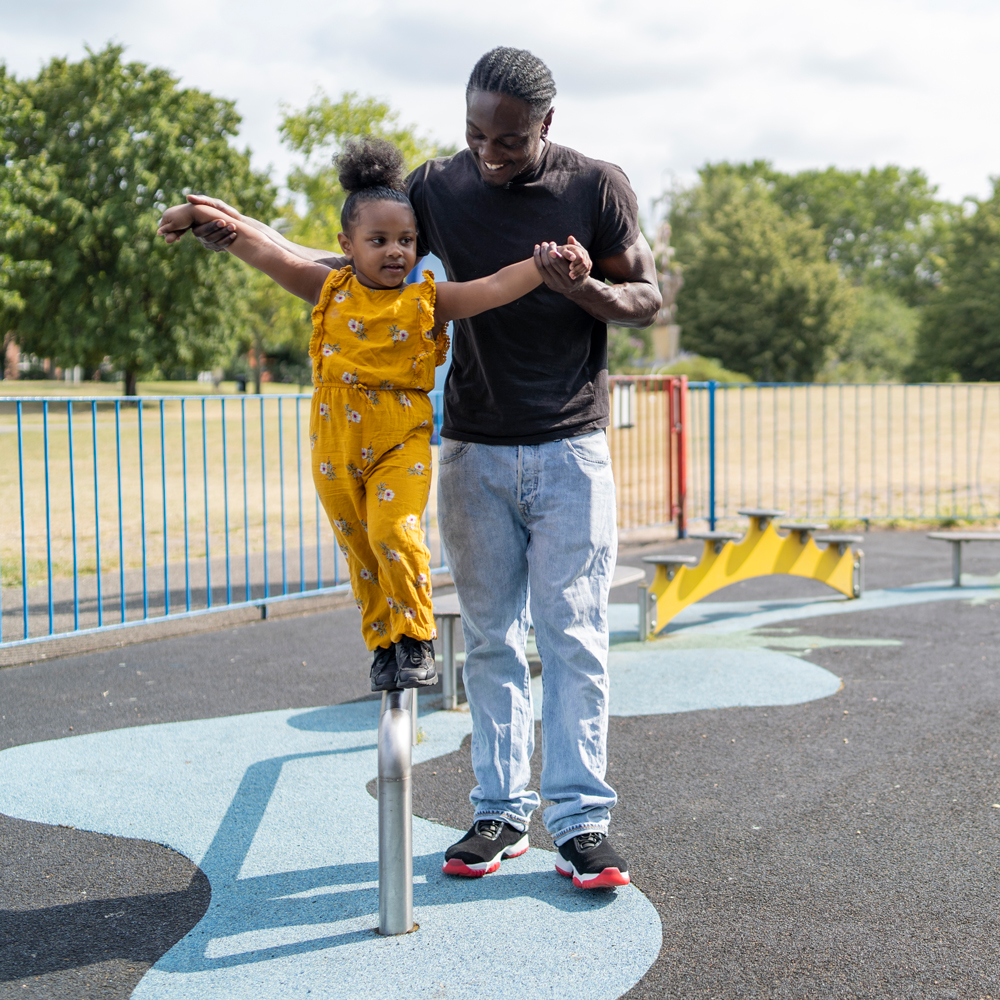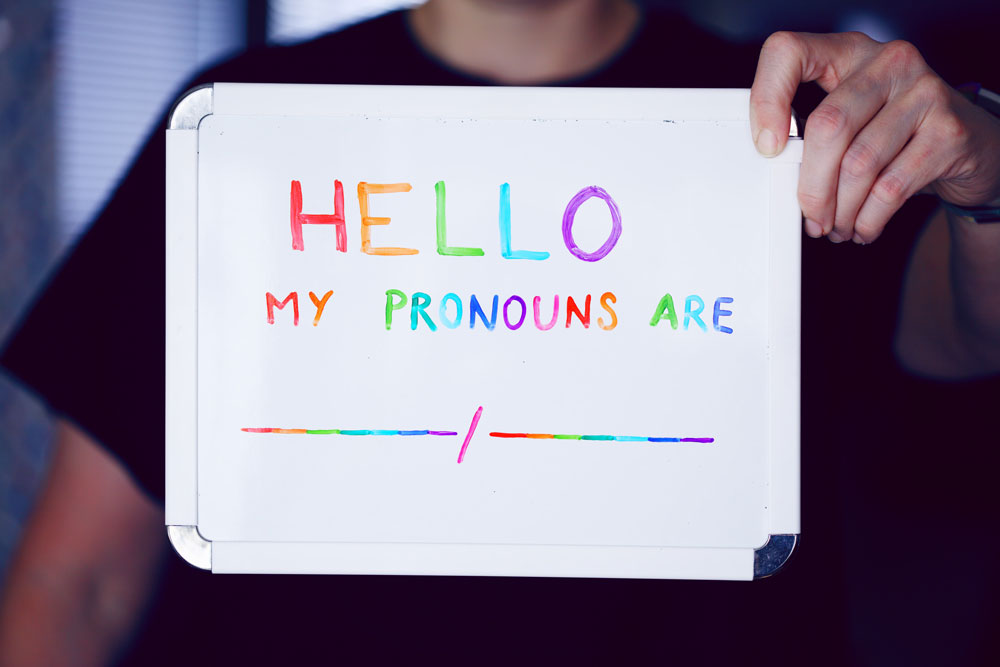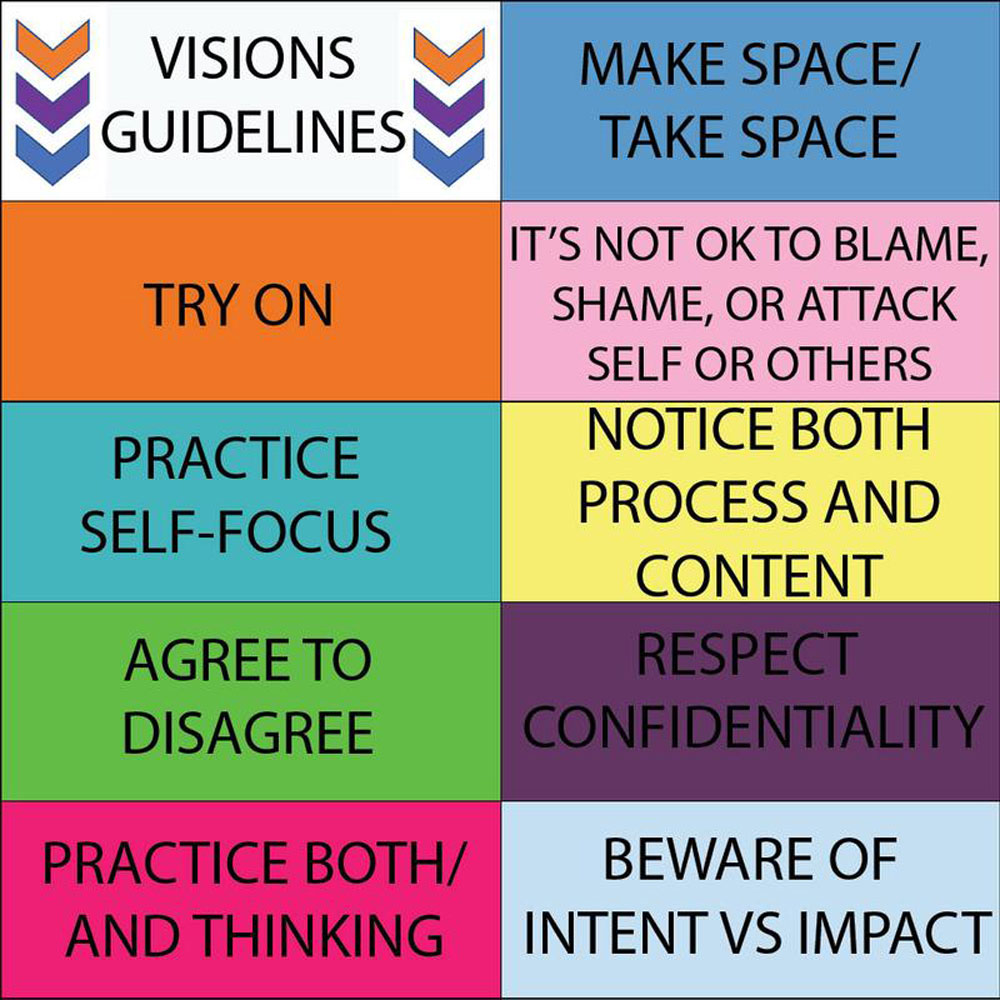
When the new school year begins, it’s important to be proactive and mindful about fostering a positive environment for students. Creating an educational experience that reinforces belonging significantly influences academic and personal growth throughout the year.
Here is a look back on some articles that share ideas, discussions, and resources to support educators and administrators in creating an enriching and nurturing environment for all students as they embark on this new academic year.

Safe Space signs are used to signal that the room they adorn is a “safe space” for all people, particularly LGBTQ+ folks. These signals are important because, while many organizations and institutions claim to welcome everyone, this too often means that they welcome everyone except openly LGBTQ+ people. A Safe Space sign that explicitly names LGBTQ+ people as included can make a significant difference in signaling to gender and sexual minority students that they are part of the “everyone” schools refer to…

Focus on the Students by Leigh Anne Toler
In this Pearl, Leigh Anne shares a piece of advice she received that flipped her approach to decision-making and leadership, “We don’t work for adults. We work for kids.” She continues by giving practical things that shifted when she focused on working for kids…

Ten SEL Strategies for Secondary Teachers by Ruth Poulsen
Around the world, educators are facing a wave of mental health concerns in their students. The rise of youth depression and anxiety is a trend that started before Covid, but it has accelerated during the pandemic years, reaching crisis levels in many communities. Recent research shows that students at high-achieving schools are particularly at risk. For those of us in the international school world, the need to respond has never been clearer or more urgent…

Environment and Identity: A Fragile Balance by Rachida Dahman
In a complex world with complex problems, young people are struggling to uncover their identities. Social media and social constructs simplify thinking into binary perspectives that are limiting their capacities to grow and develop an understanding of themselves and the world. Unfortunately, some school curricula and environments may be contributing to this growing problem that directly impacts student wellbeing…

A to Z Teaching Tips for Teachers Everywhere by Nancy Craker-Yahman
Classroom reminders for the start of the new school year from A to Z…

Start the Conversation: Gender Inclusion in Schools by Lia Gould
A need to belong is fundamental to being human. It is a universal trait and when a person doesn’t feel accepted, included, and cared for by those around them, it can be devastating for their wellbeing and for that of their family. The World Health Organization (2022) now recognizes that social isolation and discrimination are major determinants of general health and life expectancy. Schools are in the privileged position of being able to play a significant role in reducing these risks of exclusion and isolation by creating communities in which every member feels safe and heard…

Questions and Guidelines for Creating Intentionally Inclusive Classrooms by David B. Hawley
Many schools, organizations, families, and individuals want to be more inclusive and welcoming. And many spring to action when there is an incident of discrimination with approaches ranging from restorative relationship practices to denial.
As a school leader, I have been on a decades-long quest to make schools safe spaces in every way that can be imagined and to do this intentionally and inclusively such that everyone contributes. I’ve found something in my search that works.
A few years ago, we began working with VISIONS, an organization that has nearly four decades of experience developing approaches and tools for individuals and institutions striving to do better at inclusion through diversity, equity, and antiracism...
Connecting the International Community and the Student by Christian Polizzi
It was my first day teaching at an international school in Europe, a school that taught in English but housed students from around the world. Unbeknownst to me, I had several students who had just arrived in the country and had no social connections in the class. With the school having no plan in place to support the students through this transition, I could only imagine the stress and anxiety those students must have felt during their first few months. As a result, it took the students an inordinate amount of time to feel comfortable in the school community. Reflecting on my experiences, I know that as a school we could have supercharged the students’ onboarding to make their first experiences more meaningful...